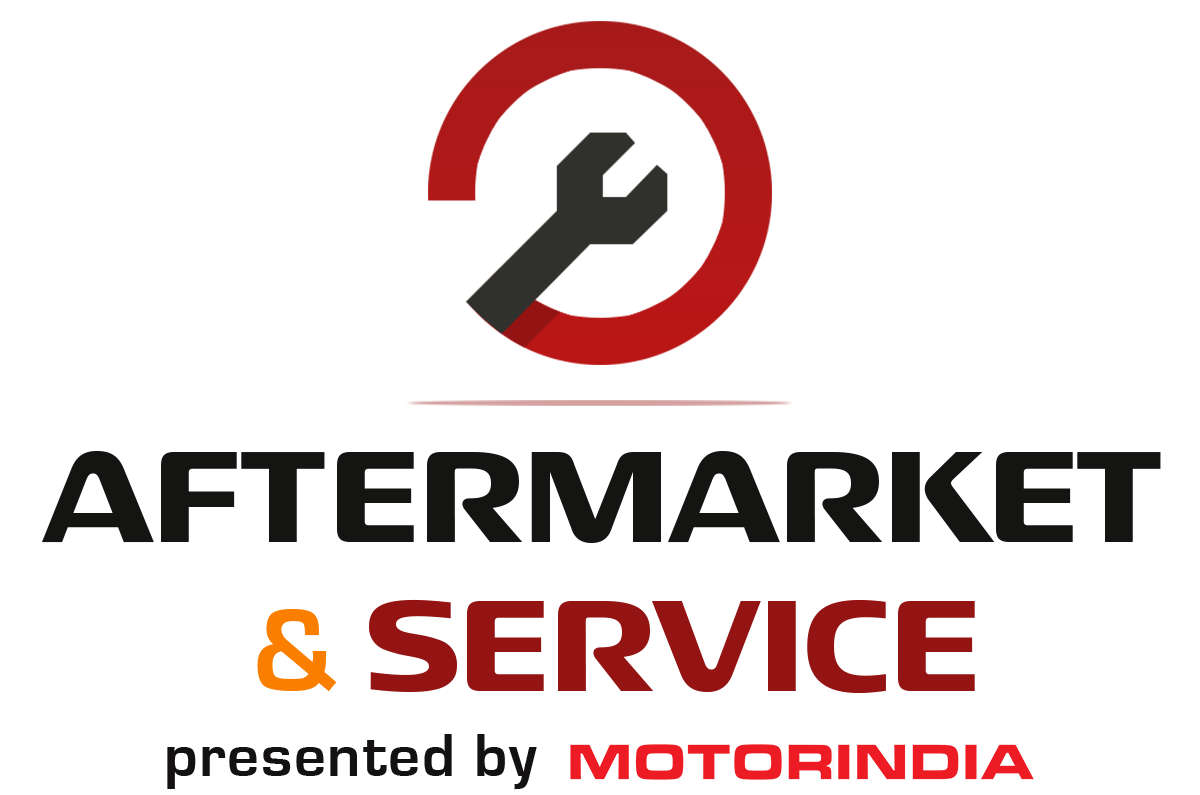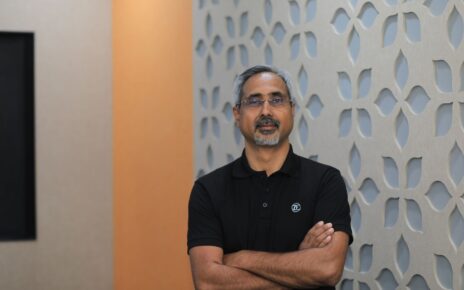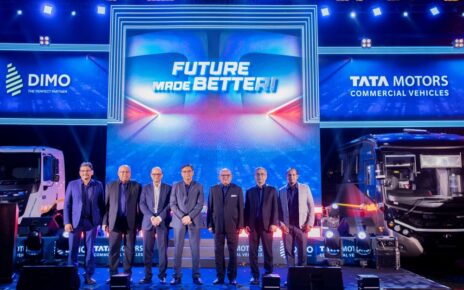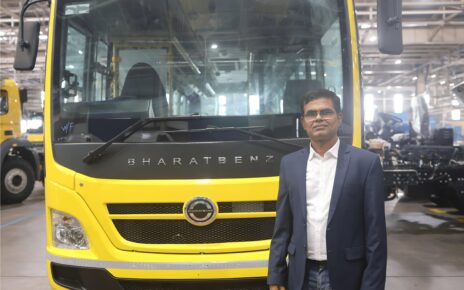zingbus, the asset-light intercity bus brand co-founded by Prashant Kumar, Ravi Kumar Verma & Mratunjay Beniwal, is positioning itself as the operating system for India’s fragmented private bus industry. By aggregating small and mid-sized operators under a common brand and tech stack, the company is aiming to deliver airline-style reliability to passengers while lifting operator yields and simplifying day-to-day execution.
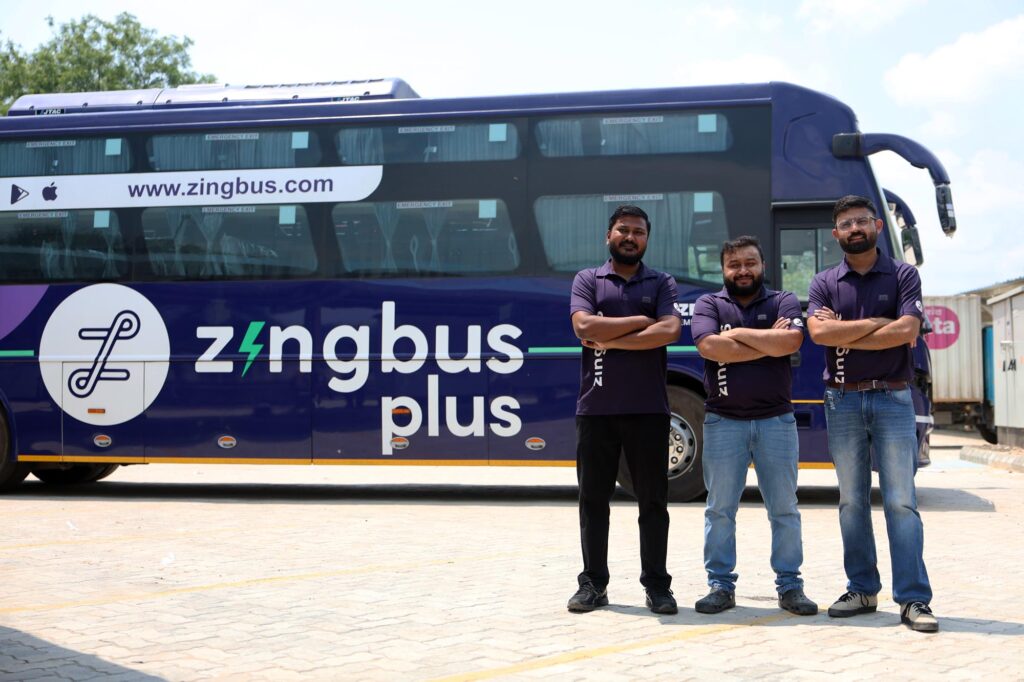
“Indian consumers are evolving fast, and their expectations are being shaped by what they experience on food delivery and e-commerce platforms,” says Prashant. “Mobility has to keep pace. Our mission is to standardise and humanise intercity bus travel.”
An Indigo-like Brand Play for Buses
Prashant is candid that legacy reservation sites solved discovery and ticketing, but did not fix the on-ground experience. “A typical regional operator may run 10 buses with people-dependent processes. Consistency is hard to enforce. That’s where zingbus steps in,” he notes.
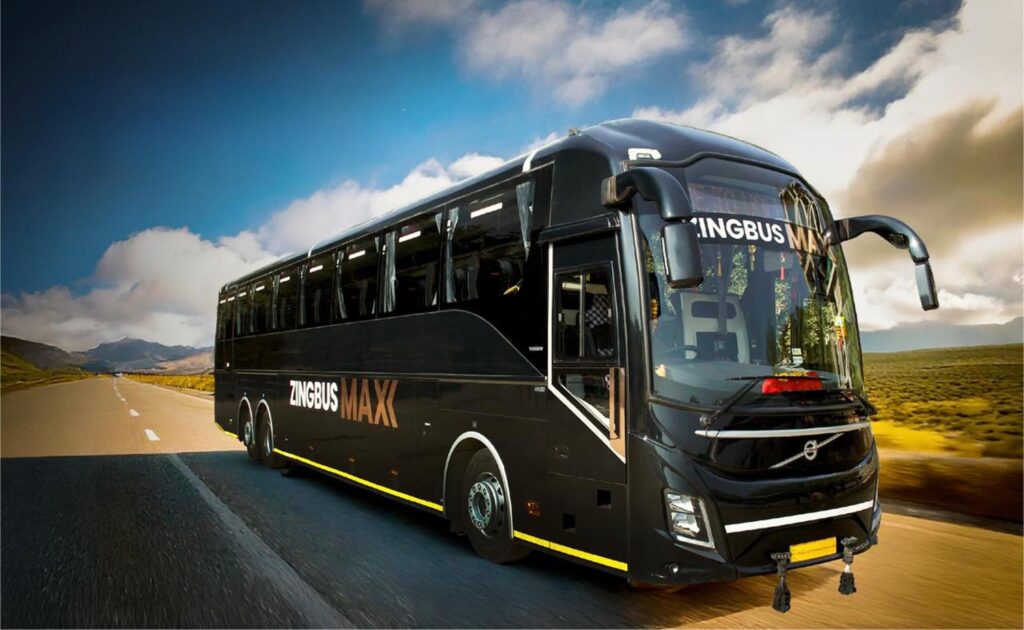
The company runs an exclusive-inventory model with deep partnerships and a lighter marketplace layer. “We partner with smaller and medium-sized bus companies, aggregate their buses onto our platform and operate in an asset-light fashion. Supply-side ops sit with the operator, but the demand side – service design, pricing, routes – is controlled by us,” he explains. Today, 52 operator partners across 17 states run exclusive fleets with zingbus, while roughly 160 additional companies connect via ValueBus, its just-in-time marketplace. In all, the brand works with about 300 buses and targets 3,000 over the next five years, with more than 30% expected to be electric.
The value proposition for operators is intentionally hard-nosed. “With the same asset and cost structure, we can optimise yield by 25–30%. A bus doing a GMV of ₹1 crore annually can move to ₹1.3 crore in our ecosystem. That’s more money on the table for everyone,” says Prashant. The platform also offers what he calls “downside protection”: minimum income constructs at launch so partners can invest in new routes with confidence.
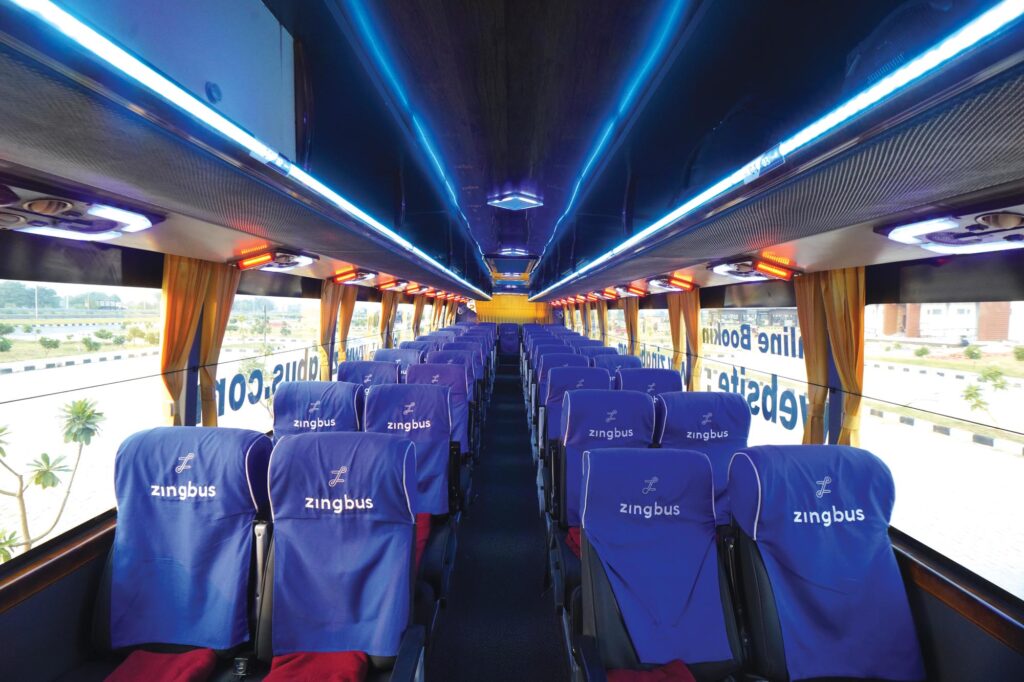
From Crew Discipline to Digital Money
Much of zingbus’ operating thesis lives in its SOPs and apps. “We’ve built a marshal app with over 40 tasks a crew member must complete and record. We reverse-audit through customer feedback, and non-compliance has consequences – from incentive cuts to temporary bans” says Prashant. He adds that enforcing digital payments and shutting off informal kickbacks for crew have broadened access to insurance and micro-loans. “We tied up with financiers for micro-credit and drove health and eye scans. Marshall churn that was ~40% YoY in one partner case is down to 17%. That stability directly lifts service quality.”
Premiumisation in Practice
To capture the consumer shift toward better experiences, zingbus has carved out two branded tiers. zingbus maxx is a Volvo 9600-only, premium service with curated F&B touches. “There’s a genuine premiumisation underway. Customers are willing to pay 60–70% over median fares if the product is clearly superior,” says Prashant. One traveller’s reel of the on-board food experience “hit 70 million views”, he adds, giving the sub-brand strong organic lift. zingbus maxx now operates on corridors such as Pune–Bengaluru, Pune–Nagpur, Chennai–Hyderabad, Delhi–Indore, Delhi–Varanasi, and Delhi–Manali.
zingbus Plus is the budget-premium workhorse focused on reliability – predictable pick-up points, proactive notifications and optional add-ons. “If you become a prime customer you get free insurance; you can also pay a small extra to make your journey carbon-neutral,” Prashant explains. The company has also piloted flat-fare buses on certain lanes – a surge-protected model aimed at trust and repeatability.
On punctuality versus reliability, Prashant is pragmatic: “In India, enforcing flight-level punctuality is tough given jams and weather. Reliability matters more – informing passengers early and managing the experience professionally.”
Where the Growth is
The network mix is shifting from tourism to everyday utility. “Two and a half years back, leisure routes were ~50–55% of our mix. Today it’s ~30%, with 70% non-leisure,” he says. South India is now nearly as large as the North for the brand’s Plus fleet. “Tamil Nadu, Kerala, Andhra Pradesh and Telangana together are about half the national bus market. At the same time, improved highways are unlocking new North corridors like Delhi–Indore.”
Prashant believes the branded share of private intercity buses will expand sharply. “Out of ~20,000 AC intercity buses on tier-1 connections, fewer than 3,000 are run by large, organised players. That can grow to 20,000–25,000 in five to six years as standardisation takes hold.”
The EV Wedge – And Why Now
zingbus’ newest vector is electrification, launched this week with end-to-end hand-holding for operators – from OEM selection and financing to charging partners and operating playbooks. “On specific routes, electric already beats diesel on TCO, and the gap will widen as diesel trends to ₹100 and batteries fall toward $60/kWh in three to four years,” says Prashant. Early OEM partners include JBM and NARNI; the charging partner is JioBp. “Most operators don’t have the bandwidth to start up a whole EV vertical. We become their one-stop partner so they can move from 10 e-buses today to 500 tomorrow when economics inflect.”
He also links EVs to safety and formalisation. “If we route the industry as per plan, value unlocked from TCO can be reinvested in safer, world-class buses. The number of informal body builders is already falling – consolidation toward OEM-built complete buses is inevitable and healthy.”
Brand First, with Room for Partners
zingbus keeps operator names behind the curtain on its front end. Prashant frames it as non-negotiable for a consumer brand promise: “Irrespective of who runs it or where, the zingbus promise should stay. It’s on us to deliver comfort and consistency.” For operators who want their regional brand surfaced, the lighter marketplace model remains an option.
What excites him most? “Two once-in-a-generation shifts: standardisation with a range of quality products from ₹2–2.5/km up to ₹5/km, and electrification that makes better travel more affordable. Together, they’ll pull whole new customer segments into buses. Our job is to make the experience reliable, humane and scalable – and to ensure operators earn more while working smarter.”
Key Metrics and Footprint
300+ buses aggregated under the zingbus umbrella today; target of ~3,000 in five years, with 25–30% lectric.
52 deep, exclusive partners across 11 states; ~160 additional operators via ValueBus marketplace.
Yield uplift of 25–30% demonstrated on partner fleets; example GMV lift from ₹1.0 crore to ₹1.3 crore per bus per year.
Crew churn cut from ~40% to ~17% in a partner case through SOPs, digital payouts and upskilling.
zingbus maxx operating on seven premium corridors; zingbus Plus covering major tier-1 lanes across North and South, with West growing.
